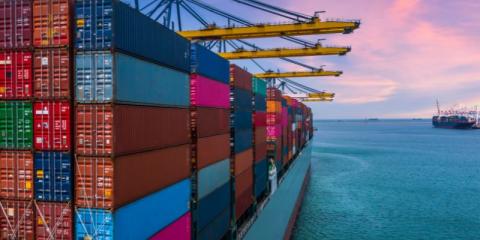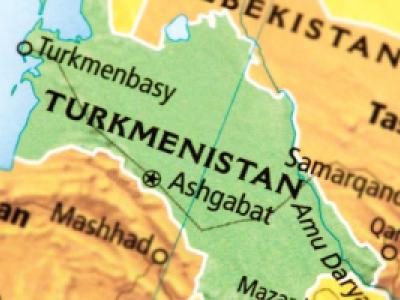The collapse of the Soviet Union in 1991 marked the end of a massive political and economic entity, leading to the creation of several independent states. The Commonwealth of Independent States (CIS), Baltic states, and Georgia are some of the countries that emerged from the Soviet Union's ashes.
But what happened to these countries after the collapse and what has become of their economies in the present day?

First, let's take a look at the economy of the former Soviet Union countries as a whole. In 2012, the nominal Gross Domestic Product (GDP) of these countries stood at 2.732 trillions USD, with Russia leading the pack as the largest economy. This is not surprising, considering Russia is the world's largest country and has the largest population. On the other hand, Kyrgyzstan, the smallest economy, accounted for just 6.7 billion USD of the total GDP.

When we break down the GDP into percentage units, a clearer picture emerges. Russia accounted for a staggering 73.2% of the total GDP, followed by Kazakhstan at 7.4% and Ukraine at 6.5%. The remaining countries contributed only 12.9%.
The upcoming Eurasian Union, which includes Russia, Kazakhstan, Belarus, and Armenia, has received mixed reactions, with some people laughing at the idea of its creation. However, with two of the largest economies of the former Soviet Union on board and more expected to join, this bloc could become one of the top 5 economies in the world in the future. Ukraine has expressed its intention to join the European Union, which could be seen as a loss for Russia's ambitions, but it is yet to be seen what the future holds.

When it comes to GDP per capita, the picture is different. In 2012, the highest GDP per capita was in Estonia, reaching 16.31 thousand USD, while the lowest was in Tajikistan, standing at just 870 USD per capita. Based on the GDP per capita, the Baltic states, Russia, and Kazakhstan had the best conditions, while the worst situation was in Central Asia (Uzbekistan, Kyrgyzstan, and Tajikistan). However, the gap between these countries and the developed economies of the world is still relatively narrow.
It is fascinating to observe the separate development of each of these countries, as well as their progress when grouped together. Which of these countries will reach a 20 thousand USD GDP per capita first? Only time will tell, but it will be interesting to see if it will be Estonia, Kazakhstan, or Russia leading the way.
In conclusion, the aftermath of the Soviet Union has led to the creation of several independent countries with unique economies, each on its own path to growth and development. The CIS, Baltic states, and Georgia have come a long way since the collapse of the Soviet Union and it will be exciting to see how their economies evolve in the future.


